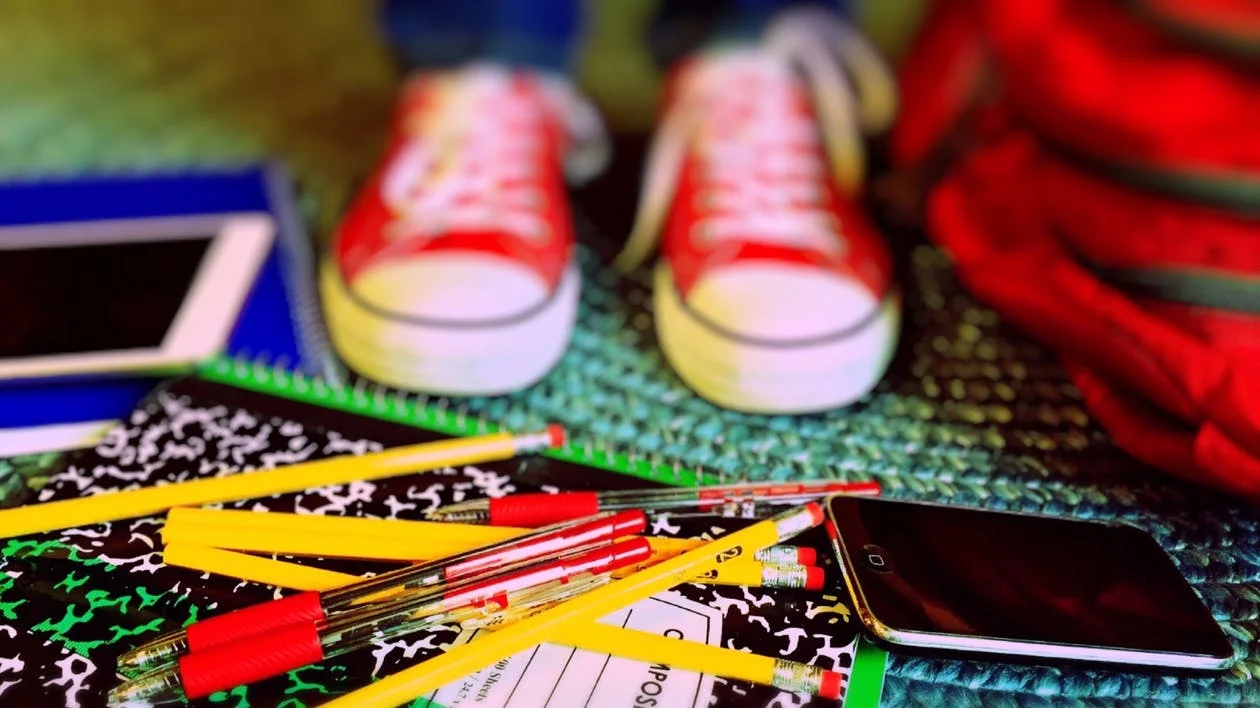CURRENT ADMINISTRATION PLANS TO MERGE DEPT. OF EDUCATION AND LABOR
/On Thursday June 21st, U.S. Secretary of Education Betsy DeVos released the following statement:
“President Trump campaigned and won with his promise to reduce the federal footprint in education and to make the federal government more efficient and effective. Today’s bold reform proposal takes a big step toward fulfilling that promise. Artificial barriers between education and workforce programs have existed for far too long. We must reform our 20th century federal agencies to meet the challenges of the 21st century.
“This proposal will make the federal government more responsive to the full range of needs faced by American students, workers, and schools. I urge Congress to work with the Administration to make this proposal a reality.”
The full government reform plan can be found here.
What does this mean?
The reorganization plan, entitled Delivering Government Solutions in the 21st Century states that the current administration intends to merge the U.S. Department of Education into the U.S. Department of Labor. “The Administration proposes to merge ED and DOL into a single Cabinet agency, the Department of Education and the Workforce (DEW). As part of the merger, the Administration also proposes significant Government-wide workforce development program consolidation, streamlining separate programs in order to increase efficiencies and better serve American workers.” The merger would be detrimental to all students, particularly students with disabilities and learning differences.
The reorganization plan offers no specifics about the proposed merger of the Department of Education into the Department of Labor. You need to almost twenty-four pages of the plan before you find one short paragraph that addresses K-12 education. Which states in relevant part:
The proposal would merge all of the existing DOL and ED programs into a single department, DEW, with four main sub-agencies focused on: K-12, Higher Education/Workforce Development, Enforcement, and Research/Evaluation/Administration. This would help create alignment throughout the education-to-career pipeline, while also creating coherence within the workforce development and higher education worlds.
The K-12 agency would support State and local educational agencies to improve the achievement of preschool, elementary, and secondary school students, including students with disabilities, Native American students, and English language learners. The agency would comprise improved ED K-12 offices that would better integrate across K-12 programs and more effectively coordinate with higher education and workforce programs. The K-12 agency would administer activities currently implemented by ED’s Offices of Elementary and Secondary Education, Innovation and Improvement, English Language Acquisition, and Special Education Programs. As described below, the Rehabilitation Services Administration would be moved to the Higher Education/Workforce Development agency
If you read the plan further, you will see a chart on page 26 that shows K-12 education and K-12 programs broken into two new separate administrative departments. If you look closer at the chart you will see that both of these new departments are no longer affiliated with the Office of Civil Rights, Research, Evaluation and Administration, and Higher Education Programs. See chart below:
Since this administration has come to power, they have time and time again taken steps to undermine public education program. This latest plan is concerning since it is so vague that the reader is unable to ascertain what will happen to our children’s educational administration. There seems to be no consideration for the fate of students receiving special education services nor the impact this merger would have on the legal rights of students moving forward.
It has been established time and time again that the right of a student with a disability to a quality education is a fundamental civil right. How each state interprets this right is often the cause of much controversy. The U.S. Department of Education has a long history of protecting the civil rights of students on a national/federal level. Merging the U.S. Department of Education as proposed would mark yet another significant departure in the protection of the civil rights of students with disabilities.












